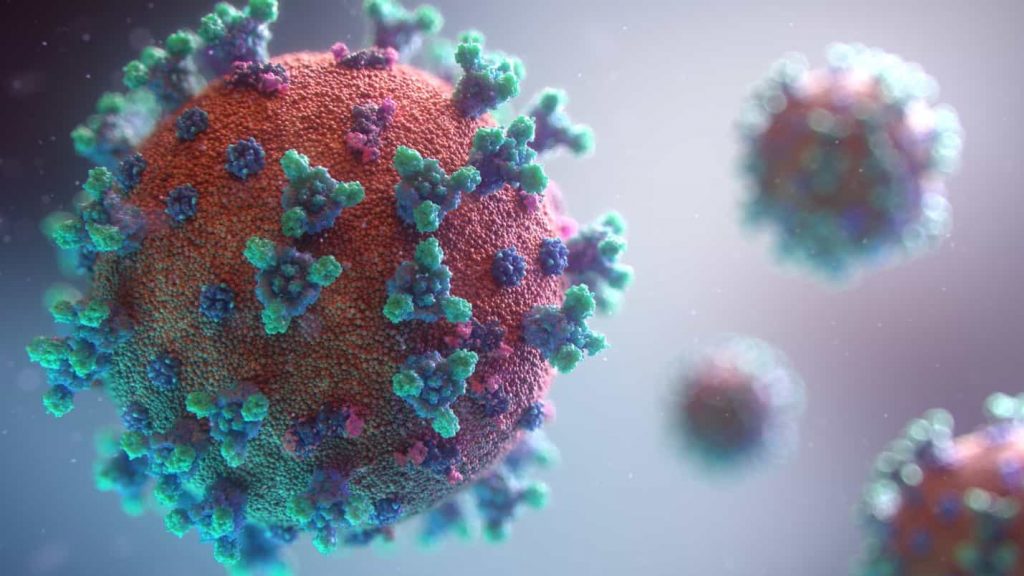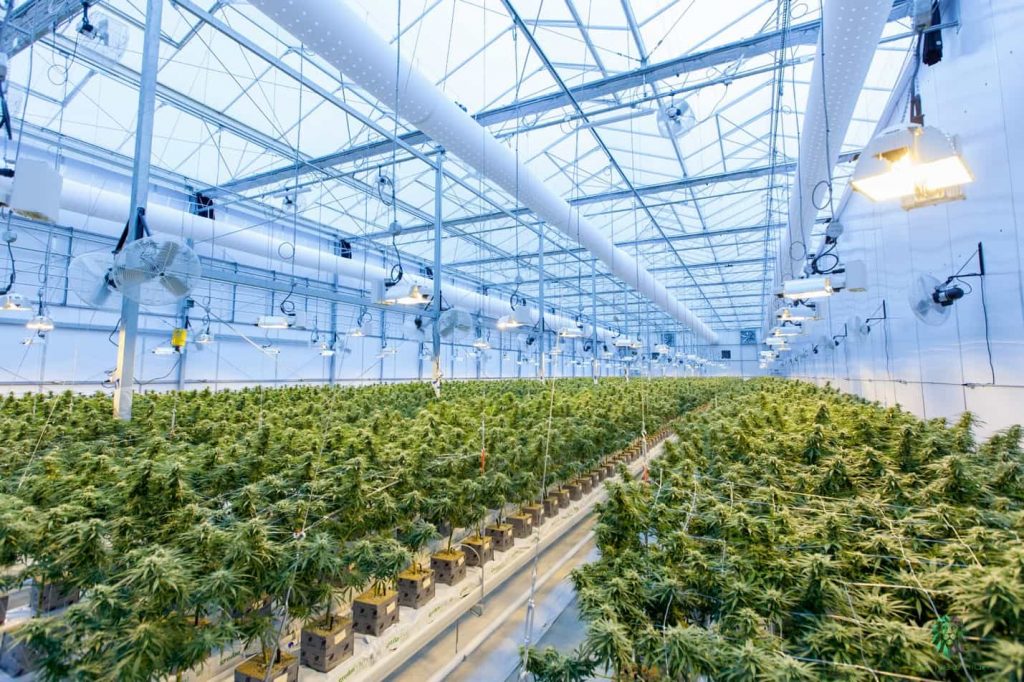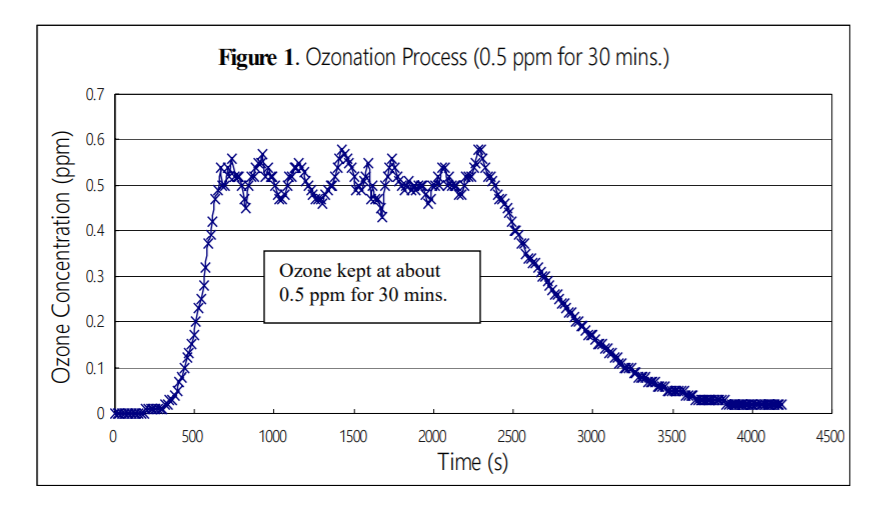As a society, we are progressively becoming more and more conscious of what affects our health. Caring for the quality of the food we eat, the water we drink, the clothes we wear and even the air we breathe. It probably explains why home-care appliances such as air purifiers have gained a lot of popularity these recent years. Let us briefly explore together the different types of technology used in air purifiers.
HEPA
High Efficiency Particulate Air (HEPA) is the most popular filtering media used in air purifiers and works by trapping in its meshed structure, the particles present in the air. HEPA removes 99.97% of particulate matter of size less than 0.3 microns, like the dust and pollen in the air that cause allergies. But if the filter is not frequently changed, it can create secondary air pollution because of accumulated pollutant that generate more bacteria and mold. It is also important to note that a higher grade HEPA filter is not necessarily the better. This is because the higher-grade the HEPA filter is, the more compact it become, capturing more particles but allowing less air to flow through. Read more about it in our previous article:How to choose HEPA filter, H11, H12 or H13?
Activated Carbon
Activated Carbon or charcoal is a natural absorbent usually used to filter out smells, smoke and odors present in the air by physical and chemical absorptions. Mostly used as an indoor deodorizer, it is relatively cheap and accessible making it very popular. Activated carbon is not used as a standalone air filter because it does not trap allergens and certain pollutants, and requires frequent replacements because it gets saturated with contaminants rapidly.
ESP
Electrostatic Smoke Precipitators (ESP) are electronic air filters working on the principle of corona discharge, removing particles from contaminated air by positively or negatively ionizing them using electrical energy. Then the charged particles are attracted to collectors plates of opposite charge and extracted as dry material (dry ESP) or washed off with water from the collector plates (wet ESP). ESP is capable of removing any sized particles from dirty air but it requires high energy input thus higher energy cost.
UV-C Radiations
Ultra Violet germicidal irradiation or UV-C is emitted to inactivate airborne microorganisms and pathogens present in the air, such as bacteria, mold and viruses. According to its wavelength, UV-C requires more or less time for irradiation to disinfect thoroughly the air against bacteria. But more time, higher numbers are not necessarily the best. With wavelength varying from 200nm to 280nm, the UV-C radiation effectiveness depends exposure time and the type of bacteria it is fighting. To know everything about that, check out our article: Do you know how long does UV lamp take to disinfect?
It is important to remind you that following recommendations and security measures is important to guarantee your safety when using UV-C products because temporary exposure to ultraviolet light can damage your skin and eyes. So stay safe and always wear safety glasses and gloves.
Ozone Generator
Ozone or Activated Oxygen (o3) is one of the most spread disinfection methods used in industries. It is produced using UVC tubes or corona discharge and is used to destroy microorganisms and eliminate spores and viruses. Ozone is also very efficient to neutralize odors, bacteria and germs. We might assume that the most concentration of ozone guarantees the best disinfection but this is not true. Not only that but this can be dangerous. Hight level concentrations of ozone are harmful of your health directly affecting the lungs and respiratory system. Ozone disinfection done right demands proper monitoring that can be achieved with time control. To get more info about ozone concentration for disinfection, read our article: Question: The Higher The Ozone Concentration, The Better?
And don’t miss out on our future articles on air treatment technology.










